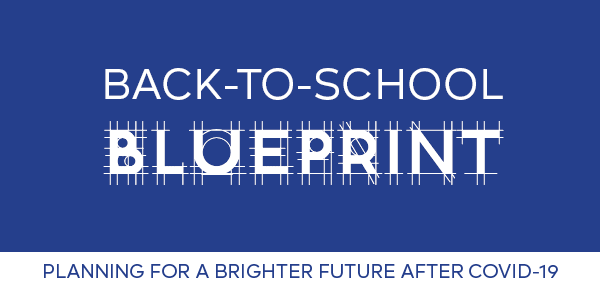
As children return to in-person learning, many bring with them the effects of trauma, most have fallen behind academically, and an increased number may drop out. This pandemic, like so many other disasters, has disproportionately impacted communities of color and low-income communities. To avoid further exacerbating the deep inequities in our education system, we must address the unique needs of all students during this challenging time.
Our Back-to-School Blueprint is an interactive series of research-based, online action guides to help schools support students this school year. The Blueprint aims to help schools implement practices that will not only address the pressing issues facing our students right now, but also become building blocks for a more supportive, equitable, and high-performing system in general. Each guide includes a series of priority practices for educators to keep in mind as they plan for the future along with a list of action steps to implement the practice. They also include research, videos, and other key resources educators can use.
ACTION GUIDE 1: Helping Students Heal from Trauma
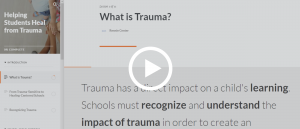 Many children will return to school still grappling with the emotional toll of the crisis. This guide helps schools address trauma and anxiety through an equity lens, helping students heal from both individual and collective trauma.
Many children will return to school still grappling with the emotional toll of the crisis. This guide helps schools address trauma and anxiety through an equity lens, helping students heal from both individual and collective trauma.
ACTION GUIDE 2: Rebuilding Community
 After months away from school, students and teachers will return eager for connection. This guide offers strategies for teachers and school leaders to work together to create a positive, welcoming environment for every member of the school community.
After months away from school, students and teachers will return eager for connection. This guide offers strategies for teachers and school leaders to work together to create a positive, welcoming environment for every member of the school community.
ACTION GUIDE 3: Accessing Grade-Level Content
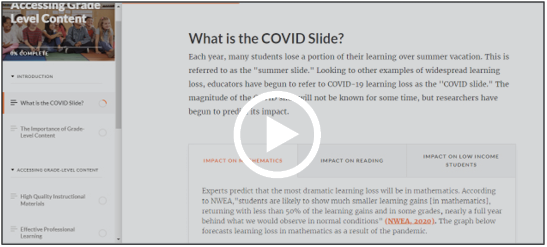 In what’s being called the “COVID slide,” most students have fallen behind academically. This guide includes strategies schools can use to diagnose unfinished learning, assess instructional materials, and deliver professional learning.
In what’s being called the “COVID slide,” most students have fallen behind academically. This guide includes strategies schools can use to diagnose unfinished learning, assess instructional materials, and deliver professional learning.
ACTION GUIDE 4: Accessing Essential Services
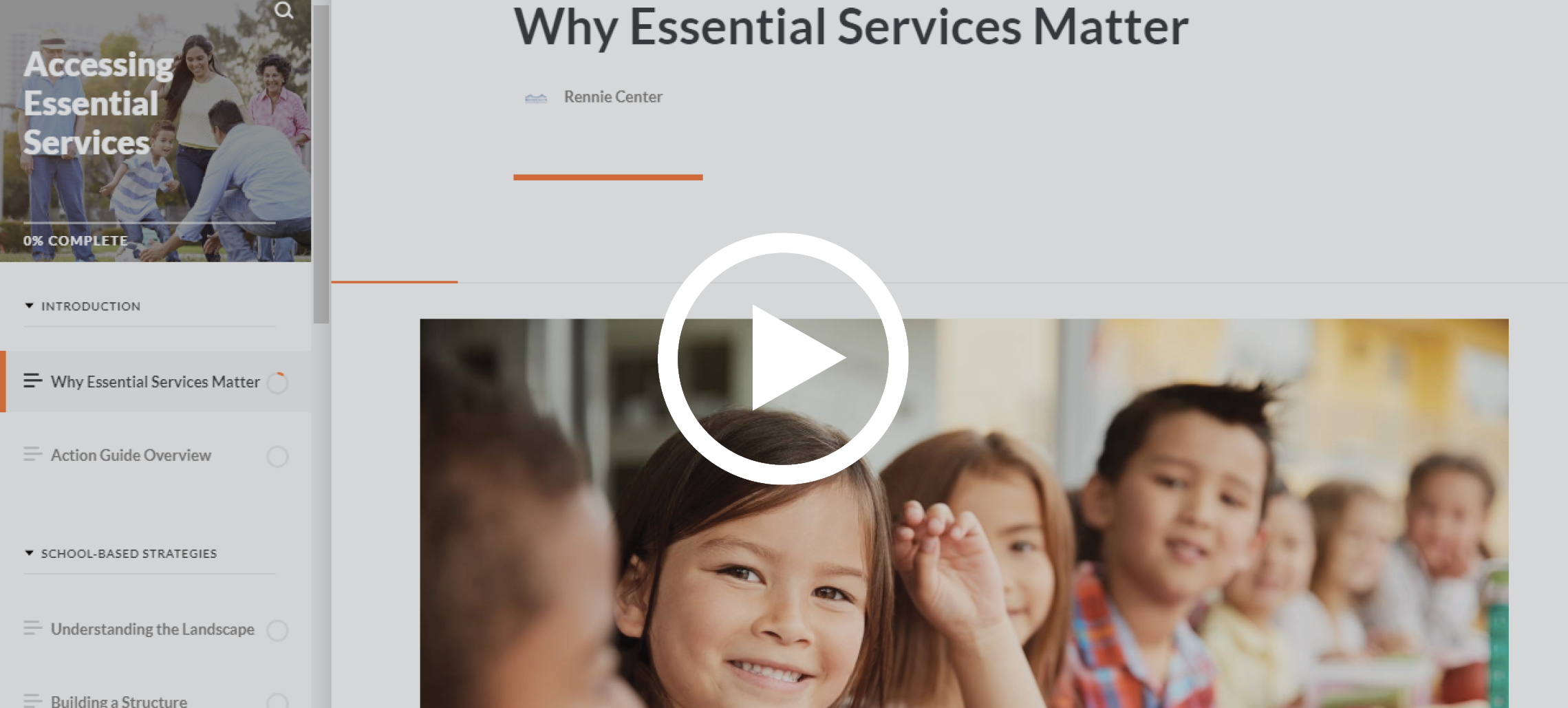 This guide provides strategies for schools to identify each child's strengths and needs, develop meaningful family partnerships, connect students with community resources, and expand learning through enrichment.
This guide provides strategies for schools to identify each child's strengths and needs, develop meaningful family partnerships, connect students with community resources, and expand learning through enrichment.
ACTION GUIDE 5: Reengaging Students
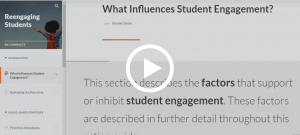 With a sharp increase in dropout rates predicted amid COVID-19, reengaging students is crucial. This guide focuses on how schools can prevent disengagement, intervene with struggling students, and reengage those who have left school.
With a sharp increase in dropout rates predicted amid COVID-19, reengaging students is crucial. This guide focuses on how schools can prevent disengagement, intervene with struggling students, and reengage those who have left school.
ACTION GUIDE 6: Remote Learning
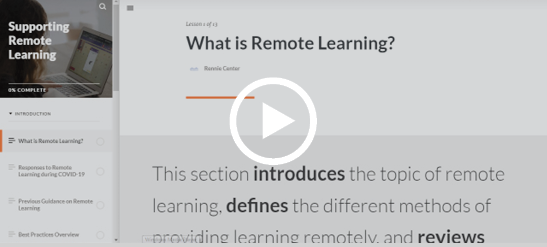 This guide reviews best practices for remote learning in three critical areas—relationships, instructional methods, and technology—and highlights strategies to ensure equity in each area.
This guide reviews best practices for remote learning in three critical areas—relationships, instructional methods, and technology—and highlights strategies to ensure equity in each area.
ACTION GUIDE 7: Postsecondary Readiness
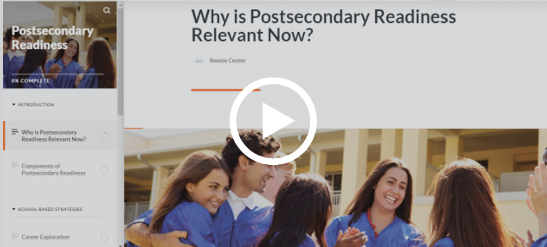 This guide provides strategies for educators and school leaders to support students with career exploration, college preparation, and civic readiness, focusing mostly on supports educators can provide with existing resources.
This guide provides strategies for educators and school leaders to support students with career exploration, college preparation, and civic readiness, focusing mostly on supports educators can provide with existing resources.
A Family Guide to Remote Learning
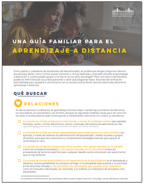 This checklist identifies important questions parents can ask to ensure their child's remote learning experience is meaningful. It focuses on three key areas: developing strong relationships, providing effective instruction, and making sure students have access to technology and are able to use it.
This checklist identifies important questions parents can ask to ensure their child's remote learning experience is meaningful. It focuses on three key areas: developing strong relationships, providing effective instruction, and making sure students have access to technology and are able to use it.
Webinars
WEBINAR 1: Addressing Trauma & Rebuilding Community
Hear from practitioners and experts about actionable strategies schools can take right away to help students heal from trauma and create a positive, welcoming environment for all members of the school.
WEBINAR 2: Helping Students Return Ready to Learn and Thrive
Hear from school districts and community organizations about how to connect students with essential services and reengage students who have become disconnected from schooling during the pandemic.
WEBINAR 3: How to Support Remote Learning
Learn how schools can prepare for remote or hybrid learning this fall by focusing on three critical areas: relationships, instructional practices, and technology.
